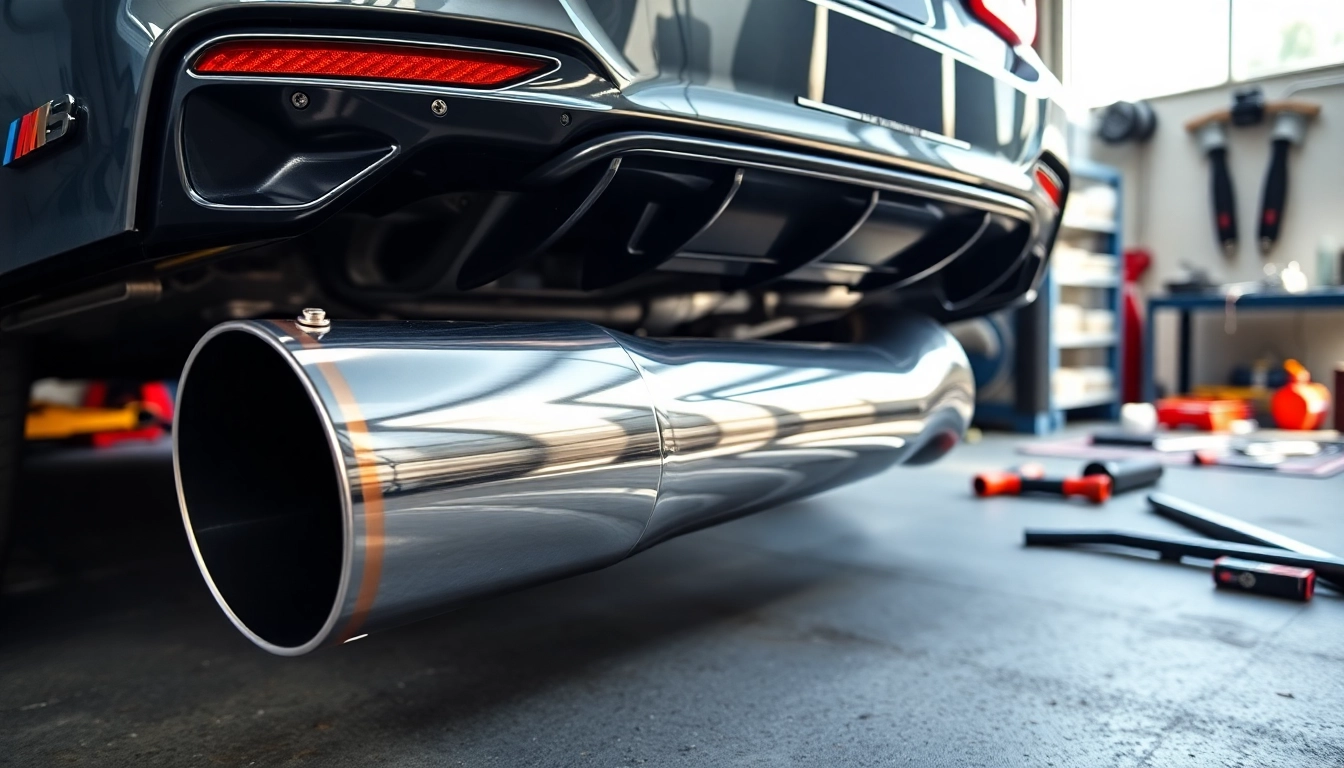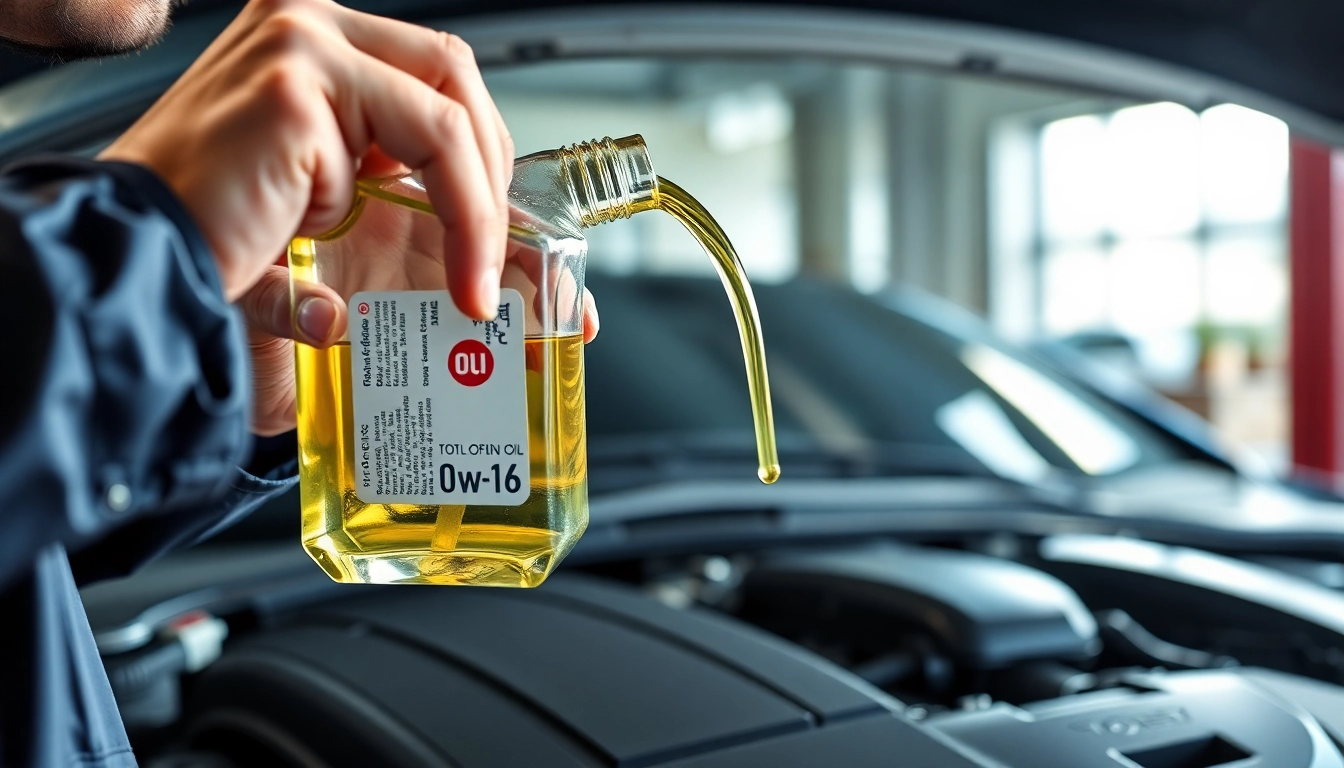Understanding the f80 Midpipe and Its Importance
The f80 midpipe is a critical component of the exhaust system in BMW’s F80 model, notably the M3 and M4 variants. It serves as the connecting piece between the downpipes and the rear section of the exhaust, playing an influential role in both the performance and sound of the vehicle. Understanding the significance of this midpipe is essential for those looking to enhance their BMW’s power and auditory experience.
What is an f80 Midpipe?
The f80 midpipe is an aftermarket or performance-oriented exhaust piece designed to replace the factory-installed midpipe in the BMW F80 M3 and F82/F83 M4. This component is engineered to improve the flow of exhaust gases, ultimately aiming to reduce back pressure, enhance engine performance, and contribute to a more aggressive exhaust note. The design of aftermarket midpipes varies, with options including single and dual midpipes which cater to different performance needs and sound preferences.
How Does the f80 Midpipe Improve Performance?
Improving performance through an f80 midpipe involves several factors:
- Exhaust Flow: A well-designed midpipe significantly increases exhaust flow by minimizing restrictions. Enhanced flow allows the engine to expel exhaust gases more efficiently, thereby improving responsiveness and overall power output.
- Weight Reduction: Many aftermarket midpipes are made from lighter materials compared to the OEM version, which can reduce the overall weight of the vehicle, aiding in better acceleration and handling.
- Tuning Potential: The removal of restrictive components can unlock additional power, making it easier to tune the vehicle for higher performance levels—ideal for enthusiasts and racers alike.
Common Features of High-Performance f80 Midpipes
When selecting a high-performance f80 midpipe, several features should be considered:
- Material Quality: High-quality materials such as stainless steel or titanium are favored for their strength and resistance to corrosion.
- Design: Many performance midpipes are designed with a wider diameter compared to stock ones, promoting better flow.
- Sound Enhancement: Specific designs intentionally modify sound characteristics to deliver a more aggressive or refined exhaust note.
- Compatibility: It’s important to ensure that the midpipe fits perfectly with existing exhaust components, providing a simple installation process.
Choosing the Best f80 Midpipe for Your Needs
Factors to Consider When Selecting an f80 Midpipe
Choosing the right f80 midpipe is crucial to achieving the desired performance and sound. Here are key factors to consider:
- Performance Goals: Define what you want to achieve—be it improved horsepower, aggressive sound, or weight reduction.
- Driving Style: Different types of midpipes (single vs. dual, resonated vs. non-resonated) cater to different driving experiences and can affect daily driver comfort versus track performance.
- Budget: Prices can range significantly, and it’s essential to find a balance between quality and affordability.
- Aesthetic Preferences: The visual design of the midpipe should also match your vehicle’s style, particularly if you have a high-performance build.
Comparing Materials: Stainless Steel vs. Titanium for f80 Midpipes
The choice of material for your f80 midpipe can significantly impact performance and durability:
- Stainless Steel: This material is commonly used due to its strength and affordability, providing excellent durability against rust while being generally heavier than titanium.
- Titanium: While more expensive, titanium midpipes are lighter and can withstand extreme heat, making them suitable for high-performance applications where weight savings are critical.
Sound Characteristics of Different f80 Midpipe Types
Different configurations and designs of f80 midpipes result in varied sound characteristics. Here’s a breakdown:
- Single Midpipe: Often provides a loud, aggressive sound and is typically the go-to for performance enthusiasts seeking maximum volume and growl.
- Equal Length Midpipe: Aimed at delivering a more balanced sound, reducing unwanted drone, and ensuring each bank of the engine is equally represented in the exhaust note.
- Resonated vs. Non-Resonated: Resonated midpipes can soften harsh sounds and drone, favored for daily driving. Non-resonated pipes produce a more aggressive tone, suitable for spirited driving.
Installation of f80 Midpipes: Step-by-Step Guide
Tools Required for Installing an f80 Midpipe
Installing an f80 midpipe can typically be done at home with the right tools. Essential tools include:
- Jack stands or ramps
- Socket set (including extensions and universal joints)
- Torque wrench
- Exhaust hangers, preferably silicone
- WD-40 or similar lubricant for rusted bolts
- Cutting tool or saw (if modifications are necessary)
DIY vs. Professional Installation: Pros and Cons
The decision to install an f80 midpipe yourself or hire a professional hinges on various considerations:
- DIY Installation: This can save labor costs and lets you engage directly with your vehicle. However, it requires a certain level of mechanical knowledge and tools.
- Professional Installation: While this incurs additional costs, professionals bring experience, ensuring proper fitment and reducing the risk of mistakes.
Installation Tips for Your New f80 Midpipe
To achieve optimal results from your installation, consider the following tips:
- Ensure your vehicle is raised safely to access the exhaust easily.
- Prior to installation, check for any rust or damage on exhaust hangers and replace if necessary.
- It’s advisable to work with the exhaust warm but not hot to facilitate easy removal of old components.
- Keep all bolts and hangers loose until you have the midpipe in place to align correctly, then tighten them to the manufacturer’s specifications.
Benefits of Upgrading to an Aftermarket f80 Midpipe
Enhanced Exhaust Flow and Power Gains
One of the primary reasons to upgrade to a performance f80 midpipe is the substantial improvement in exhaust flow, which leads to power gains. By allowing exhaust gases to exit more freely, the engine can breathe better, resulting in improved throttle response and increased horsepower. Many users report noticeable differences in acceleration and overall performance figures after installation.
Improved Engine Sound and Responsiveness with f80 Midpipe
Upgrading the f80 midpipe profoundly enhances the auditory experience of the vehicle. A performance midpipe not only produces a more aggressive exhaust note but also adds depth and character to the sound, enabling a more engaging driving experience. Many enthusiasts appreciate the emotional response that a captivating exhaust sound can evoke, making the driving experience more thrilling.
Potential Fuel Efficiency Gains with the Right f80 Midpipe
Contrary to typical beliefs, upgrading to an aftermarket f80 midpipe can also lead to improved fuel efficiency. With increased exhaust flow and reduced back pressure, the engine can operate more efficiently, potentially translating into better mileage on the road. This efficiency is particularly important for daily drivers who want to combine performance with practicality.
Maintaining Your f80 Midpipe for Longevity
Regular Inspection and Maintenance Tips
To ensure your f80 midpipe continues to operate effectively, routine maintenance is essential. Here are some simple tips:
- Regularly inspect for rust, cracks, or loose connections, especially if you frequently drive in harsh conditions.
- Ensure exhaust hangers are intact and not worn, as this can affect your exhaust’s alignment and performance.
- Check all bolts periodically and retighten as needed to prevent leaks and ensure a secure fit.
Signs of Wear and When to Replace Your f80 Midpipe
Recognizing the signs of wear early can save you from more severe damage down the line. Watch for these indicators:
- Unusual exhaust sounds or vibrations that deviate from usual operation.
- Visible rust or corrosion on the midpipe material.
- Decreased performance or fuel efficiency, indicating potential blockages.
Cleaning and Care Techniques for Optimal Performance
Maintaining the cleanliness of your f80 midpipe can enhance its longevity and effectiveness:
- Use high-temperature exhaust cleaner and a soft brush to eliminate soot and debris.
- Rinse thoroughly and dry to prevent moisture from causing rust.
- Avoid abrasive cleaning agents that can scratch the surface of stainless steel or titanium.



